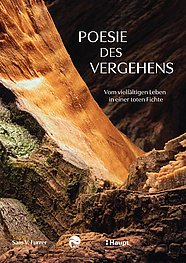
Tree rings and growth ¶
Trees react to their environment, and their wood reflects past climate variability and events such as rockfalls, avalanches or wildfire. We date and analyze these natural archives.
Contents ¶
In our tree-ring lab - the second largest worldwide, and the largest in Europe -, we apply and develop new methodologies in dendrochronology (i.e., tree-ring analysis) and wood anatomy. The data we gain from ring width, maximum latewood density, and isotopes are accurate to the year. We use them to measure the impact of environmental stresses on wood anatomy and tree physiological processes, and to reconstruct vegetation history. By dating climate variability over the past millenia, we contribute to validating regional and global climate models.
Reconstructing ice ages
We conduct research almost all over the world and across a variety of time scales. Examples include:
- detailed weekly analysis of the impacts of temperature on tree growth at various altitudes in the Swiss valley of Loetschental,
- reconstructions of climate in the Northern Hemisphere over the past millennia, which revealed a period of extreme cold in Eurasia between 536 and around 660 CE,
- interdisciplinary investigations of subfossil pines from the last glaciation, i.e. 14,000 years ago that we discovered on a construction site in Zurich.







